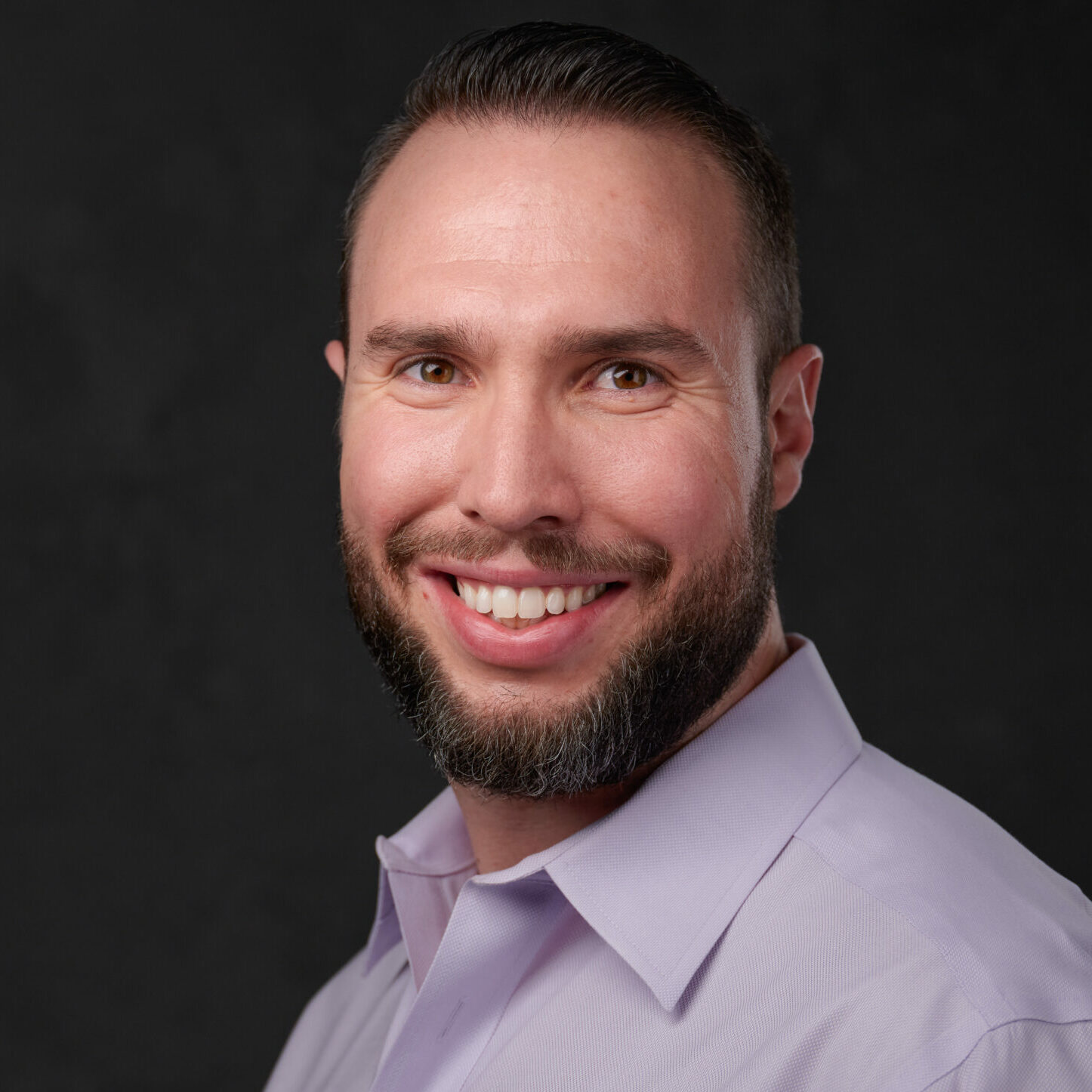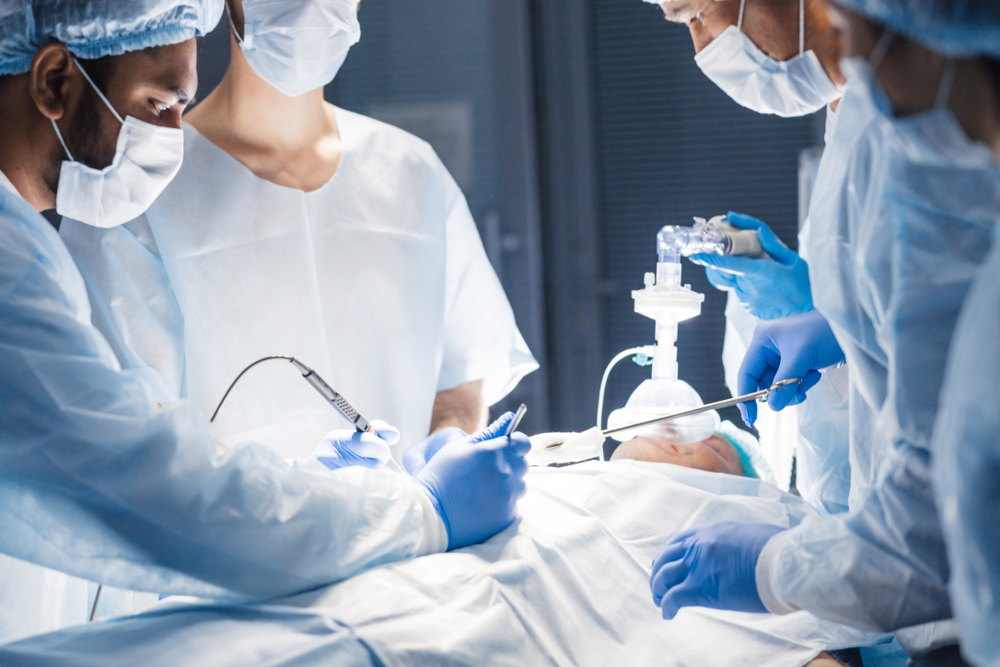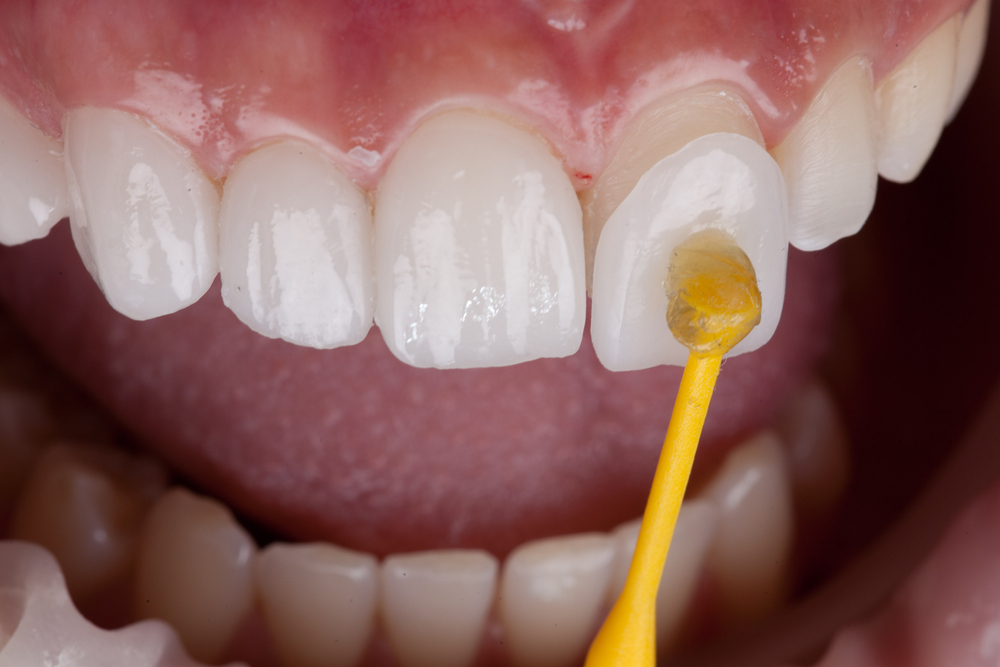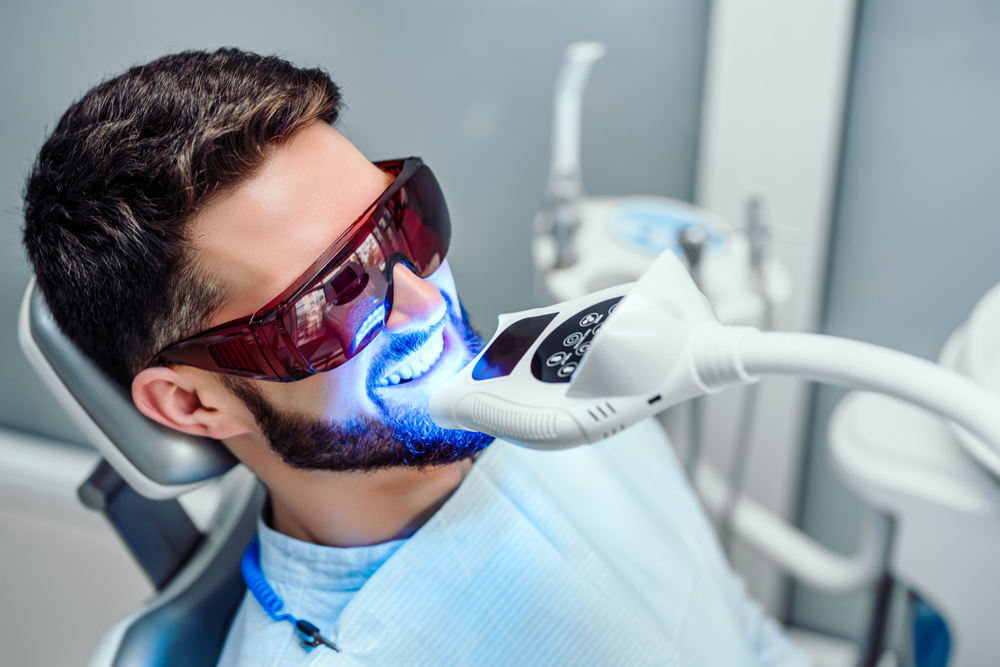When it comes to dental procedures, patient comfort and well-being are always at the forefront. Enter deep sedation, a method employed to ensure the patient is relaxed, pain-free, and oblivious to the ongoing procedure.
What is deep sedation? Deep sedation refers to a medically induced state where patients become partly or fully unconscious, though still able to maintain their airway and respond to physical stimuli or verbal commands. It’s a deeper form of sedation than, say, mild or moderate sedation, where the patient remains awake but is relaxed and less aware of their surroundings.
Why is it sometimes necessary in dentistry? Certain dental procedures can be lengthy, complex, or potentially discomforting. Deep sedation becomes a valuable tool in situations where:
- The patient has severe anxiety or fear of dental procedures.
- The procedure in question is extensive or might cause significant discomfort.
- The patient has a history of being uncooperative during treatments due to various reasons like cognitive conditions or extreme fear.
- A quick, efficient procedure is required without interruptions or involuntary movements from the patient.
Difference Between Deep Sedation and General Anesthesia

Understanding the nuances between deep sedation and general anesthesia is crucial in selecting the right sedation method for dental procedures.
Key differences in mechanisms and applications
- Mechanism: While deep sedation allows the patient to maintain their airway independently and potentially respond to commands, general anesthesia renders the patient entirely unconscious. The patient cannot breathe on their own under general anesthesia and often requires assistance, like intubation.
- Depth: Deep sedation brings about a state of deep relaxation, where the patient might appear asleep but can be roused. General anesthesia ensures the patient is completely unconscious and unresponsive.
- Administration: Deep sedation is typically administered through oral medications, inhalation, or intravenous methods. General anesthesia usually requires intravenous drugs and inhalation agents.
Which one is right for specific dental procedures?
- Deep Sedation: Often chosen for longer procedures like wisdom tooth extractions, extensive gum surgeries, or patients with severe dental phobias.
- General Anesthesia: Typically reserved for more invasive surgeries outside of standard dental procedures or for patients with particular medical conditions where deep sedation might not be enough.
Both methods aim to offer a pain-free, comfortable experience for the patient. However, the choice between deep sedation and general anesthesia should always be discussed with a dental professional, taking into account the patient’s needs, the nature of the procedure, and potential risks.
If you’re considering a dental procedure and are unsure about the best sedation method, consult with your trusted dentists. For those in and around Glendale, AZ, Dr. Richard Dawson and Dr. John Turke at Smile Science Dental Spa are always here to help you make an informed choice.
Benefits of Deep Sedation in Dental Treatments
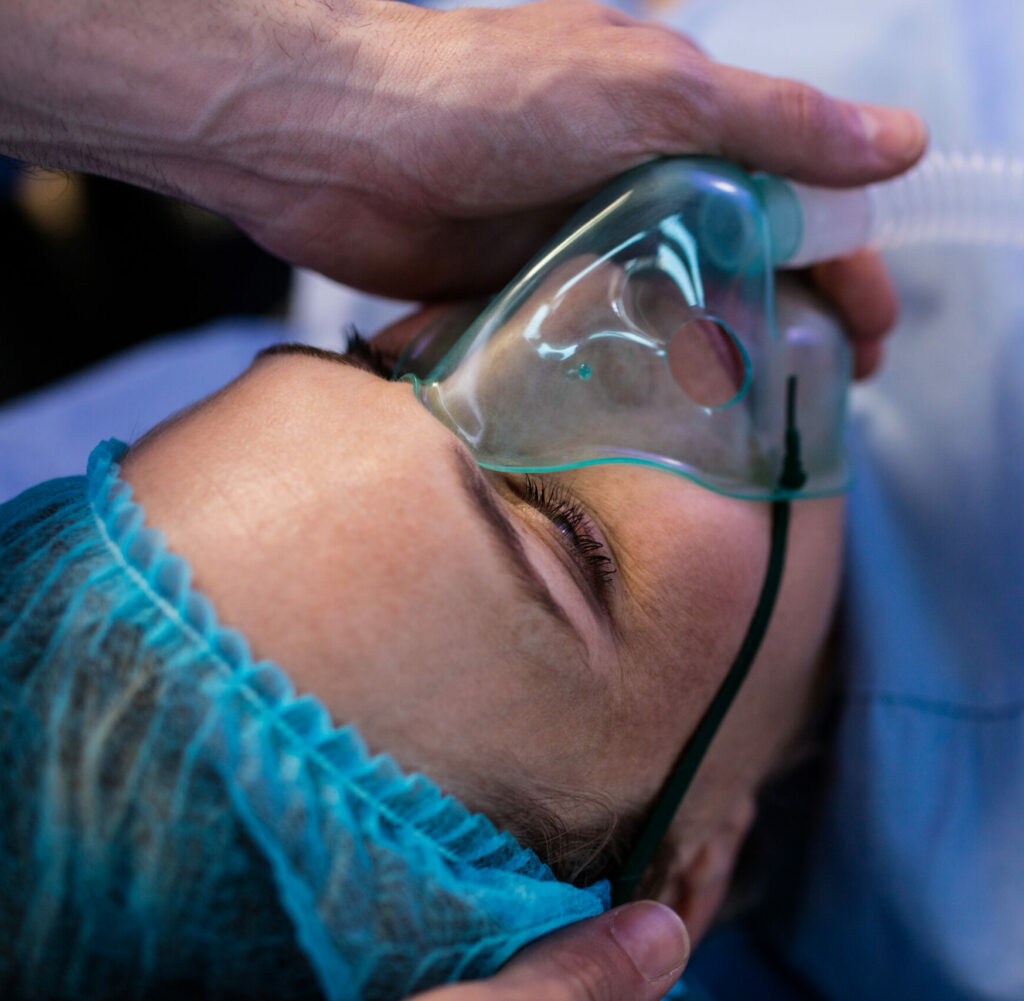
The use of deep sedation in dentistry has revolutionized the way treatments are approached, ensuring that both the dentist and the patient have a smoother experience. Let’s delve into the multifaceted benefits of deep sedation:
1. Enhancing Patient Comfort No one particularly enjoys the sensation of dental tools at work in their mouth. Deep sedation ensures that the patient is blissfully unaware of these sensations, allowing them to “wake up” to the results without any memory of the procedure itself. This kind of comfort can make even the most daunting dental procedures feel like a quick nap.
2. Reducing Anxiety and Fear For many, a trip to the dentist can be a source of significant stress and anxiety, often due to past traumatic experiences or simply the fear of the unknown. Deep sedation helps alleviate these fears. Patients can rest assured that they won’t be mentally present during the procedure, creating a more positive association with dental visits.
3. Ensuring Effective Treatment in Less Time With the patient in a deeply sedated state, dentists can work more efficiently. There are no involuntary movements, interruptions, or need for frequent breaks, which means procedures can be completed faster and more effectively. For both patient and dentist, this efficiency is a boon – less time in the chair and faster results.
The Deep Sedation Process
Understanding the process can further ease any reservations one might have about opting for deep sedation. Here’s a step-by-step breakdown:
1. Pre-procedure Evaluation Before administering any sedative, a thorough assessment is conducted. This includes reviewing the patient’s medical history, current medications, and any potential allergies. The objective is to ensure the patient is a suitable candidate for deep sedation and to determine the most appropriate sedation method.
2. Administering the Sedative Depending on the dentist’s recommendation and the patient’s preference, the sedative is administered. This could be through oral medication, inhalation, or intravenous methods. The goal is to usher the patient into a deeply relaxed state, where they’re nearly or entirely unconscious.
3. Monitoring the Patient Throughout the procedure, the patient’s vital signs – like heart rate, blood pressure, and oxygen levels – are continuously monitored. This ensures that the patient remains safe and that any potential issues are addressed immediately. After the procedure, the patient is carefully observed until they wake up and are deemed ready to leave, though they’ll need someone to drive them home.
While deep sedation has its benefits, it’s crucial to discuss any concerns and gather as much information as possible before deciding on this approach. For residents in Glendale, AZ, or those willing to travel, the experts at Smile Science Dental Spa, including Dr. Richard Dawson and Dr. John Turke, are ready to provide comprehensive insights and answer any questions you might have about deep sedation. Our dental anesthesiologist, Dr. Aaron Roberts is a board certified dental anesthesiologist with many years of experience providing deep sedation for our dental patients.
Safety and Precautions
One of the primary concerns for many patients considering deep sedation is safety. When done correctly, deep sedation is a secure and efficient method to aid dental procedures. Here’s what you need to know about the precautions and measures taken to ensure your safety:
1. Credentials of the Administering Professional It’s essential to understand that not every dental professional can administer deep sedation. Only those with the appropriate training, experience, and licensing should undertake this responsibility. Before scheduling a procedure involving deep sedation, ensure that your dentist or anesthesiologist has the required credentials and experience.
2. Ensuring a Safe Environment A safe environment goes beyond cleanliness. The dental clinic must have the necessary equipment to monitor your vital signs throughout the procedure continuously. Additionally, there should be emergency equipment on hand, and the staff should be trained to handle any potential complications that might arise.
3. Post-sedation Care and Considerations After the procedure, patients don’t wake up immediately. They are often groggy and might need a few hours to fully regain consciousness. During this time, continuous monitoring is crucial. Once awake, patients should have someone to drive them home and should avoid activities that require concentration, such as operating heavy machinery or even cooking, for at least 24 hours.
Common Misconceptions about Deep Sedation
With any medical procedure, misconceptions can arise from fear, lack of knowledge, or misinformation. Let’s address some of these myths:
1. Myth: Deep sedation is the same as general anesthesia.
- Fact: Though both methods result in the loss of consciousness to a degree, they differ in depth and mechanism. With deep sedation, patients can often maintain their airway independently and may respond to physical stimuli, unlike general anesthesia.
2. Myth: Deep sedation is risky and unsafe.
- Fact: When administered by a qualified professional in a well-equipped environment, deep sedation is very safe. The risks are minimal and comparable to other common medical procedures.
3. Myth: I’ll feel everything during the procedure but won’t remember it.
- Fact: Deep sedation ensures that you are not aware during the procedure. The primary goal is to provide comfort and ensure you don’t experience pain or discomfort.
4. Myth: Only adults can undergo deep sedation.
- Fact: Deep sedation can be safe for children, especially for extensive procedures or for those with severe dental anxiety. However, a thorough evaluation is always necessary.
In summary, while deep sedation is a valuable tool in dentistry, it’s vital to be informed and consult with professionals about its use. If you’re in Glendale, AZ, Dr. Richard Dawson, Dr. John Turke, and the team at Smile Science Dental Spa are always ready to provide clarity, ensuring you have a comfortable and safe dental experience.
Understanding the Risks and Rewards
Deep sedation, like any medical procedure, comes with its own set of pros and cons. Weighing these can provide clarity on whether this method is a suitable choice for you.
1. Benefits:
- Comfort: With deep sedation, patients can undergo extensive procedures without any pain or awareness of the procedure itself.
- Efficiency: Dentists can perform their tasks more swiftly, given there’s no need for frequent breaks or managing involuntary movements from the patient.
- Anxiety Reduction: Deep sedation is a boon for patients with dental fears, ensuring they can get the care they need without the added stress.
2. Risks:
- Post-Sedation Effects: Patients may feel groggy or dizzy after the procedure, requiring them to arrange transportation home and avoid certain activities for some time.
- Adverse Reactions: Though rare, there’s a possibility of adverse reactions to the sedative, making it crucial to provide a full medical history to your dentist.
- Cost Implications: Deep sedation can be more costly than other forms of sedation, potentially impacting one’s decision, especially if insurance doesn’t cover it.
Conclusion: Deciding if Deep Sedation is Right for You
Deep sedation has significantly impacted the dental industry, offering comfort and efficiency to both patients and professionals. But is it the right choice for you?
Factors to consider when making a choice:
- Your Anxiety Levels: Individuals with severe dental apprehensions might find solace in deep sedation.
- Nature of the Procedure: Consider the length and complexity of the dental work required.
- Your Health History: It’s crucial to review any health concerns or medications with your dentist before opting for deep sedation.
- Cost and Insurance: Confirm the costs associated with deep sedation and if your insurance policy covers it.
Consulting with your dentist is always the most advisable step. They can provide insights tailored to your situation and address any concerns. For those in Glendale, AZ, Dr. Richard Dawson, Dr. John Turke, and the expert team at Smile Science Dental Spa are available to guide and ensure that every dental experience is as comfortable and stress-free as possible.
Further Reading
- Understanding Deep Sedation at the Dentist’s Office
- Sedation Dentistry
- Deep Sedation for Dental Care Management in Healthy and Special Health Care Needs Children: A Retrospective Study
- The Efficacy and Complications of Deep Sedation in Pediatric Dental Patients: A Retrospective Cohort Study
- How safe is deep sedation or general anesthesia while providing dental care?
